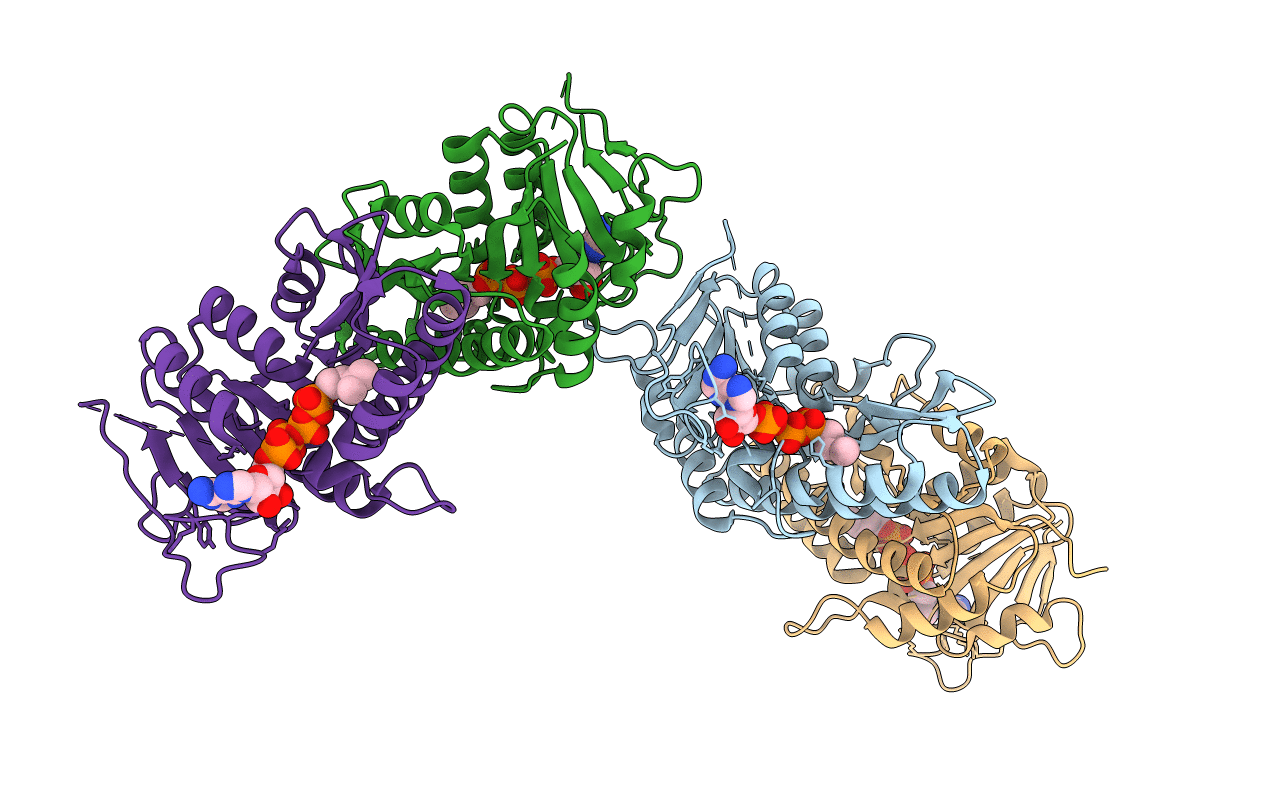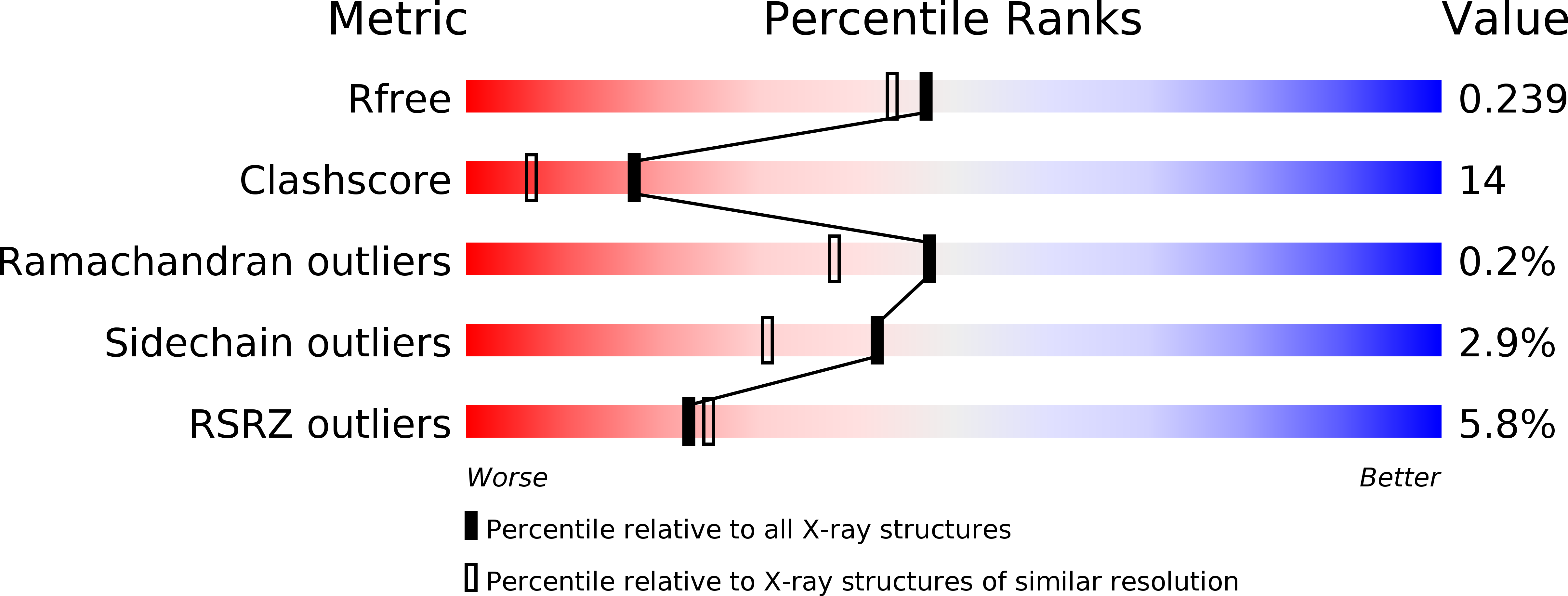
Deposition Date
2010-01-28
Release Date
2010-06-02
Last Version Date
2024-11-27
Entry Detail
PDB ID:
3LL5
Keywords:
Title:
Crystal structure of T. acidophilum isopentenyl phosphate kinase product complex
Biological Source:
Source Organism:
Thermoplasma acidophilum (Taxon ID: 273075)
Host Organism:
Method Details:
Experimental Method:
Resolution:
1.99 Å
R-Value Free:
0.23
R-Value Work:
0.19
R-Value Observed:
0.19
Space Group:
C 1 2 1


